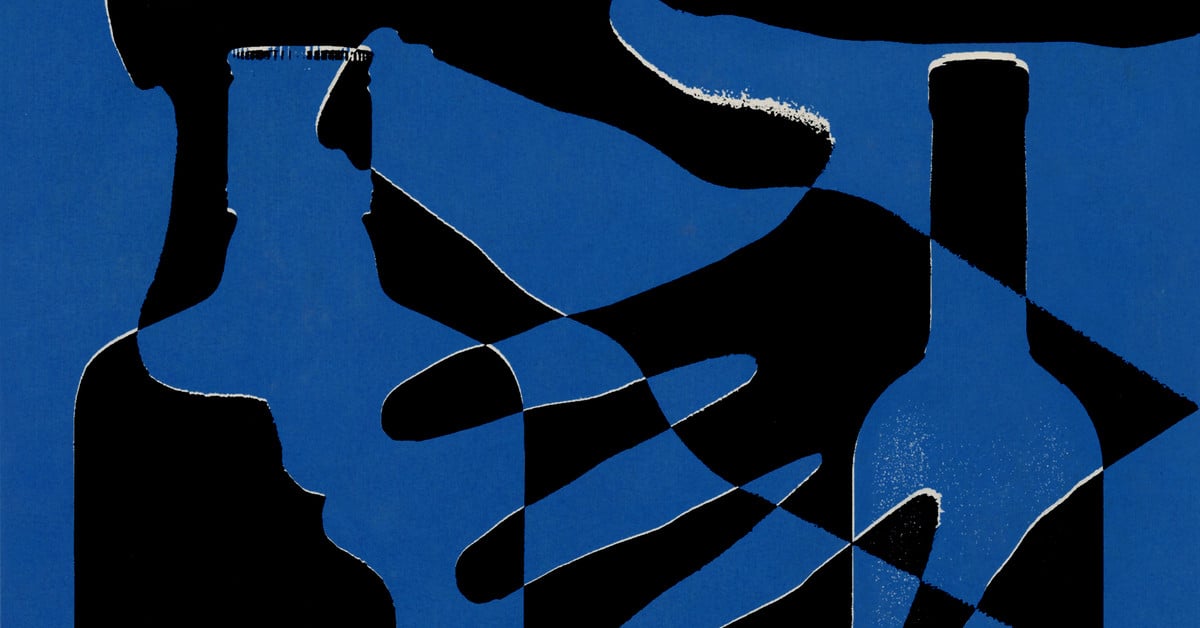Medications can help the 1 in 12 people who suffer from alcohol use disorder. But most will never be treated.
There is something that kills more Americans every year than drug overdoses, than guns, than car accidents. It’s legal, doesn’t require a background check to buy, is widely advertised, and if you’re 21, you can probably buy it at your corner store. It’s called alcohol.
While cold beers, glasses of wine, and hard liquor cocktails are often treated as end-of-the-workday or weekend indulgences, alcohol is technically a psychoactive, addictive drug, one linked to over 50 fatal conditions, including heart disease; breast, pancreatic, and stomach cancers; liver disease; hypertension; and stroke. It contributes to the death of 140,000 people in the US annually, making it one of the leading causes of preventable death in the country.
More and more research supports the conclusion that even light drinking — that is, less than 15 drinks a week for men or eight drinks a week for women — can contribute to an increased risk for heart disease and cancers. More recent medical recommendations in countries like Canada have increasingly tightened, moving toward the idea that there is no truly safe level of alcohol consumption.



Alcoholism is the disease that tells you you don’t have a disease.